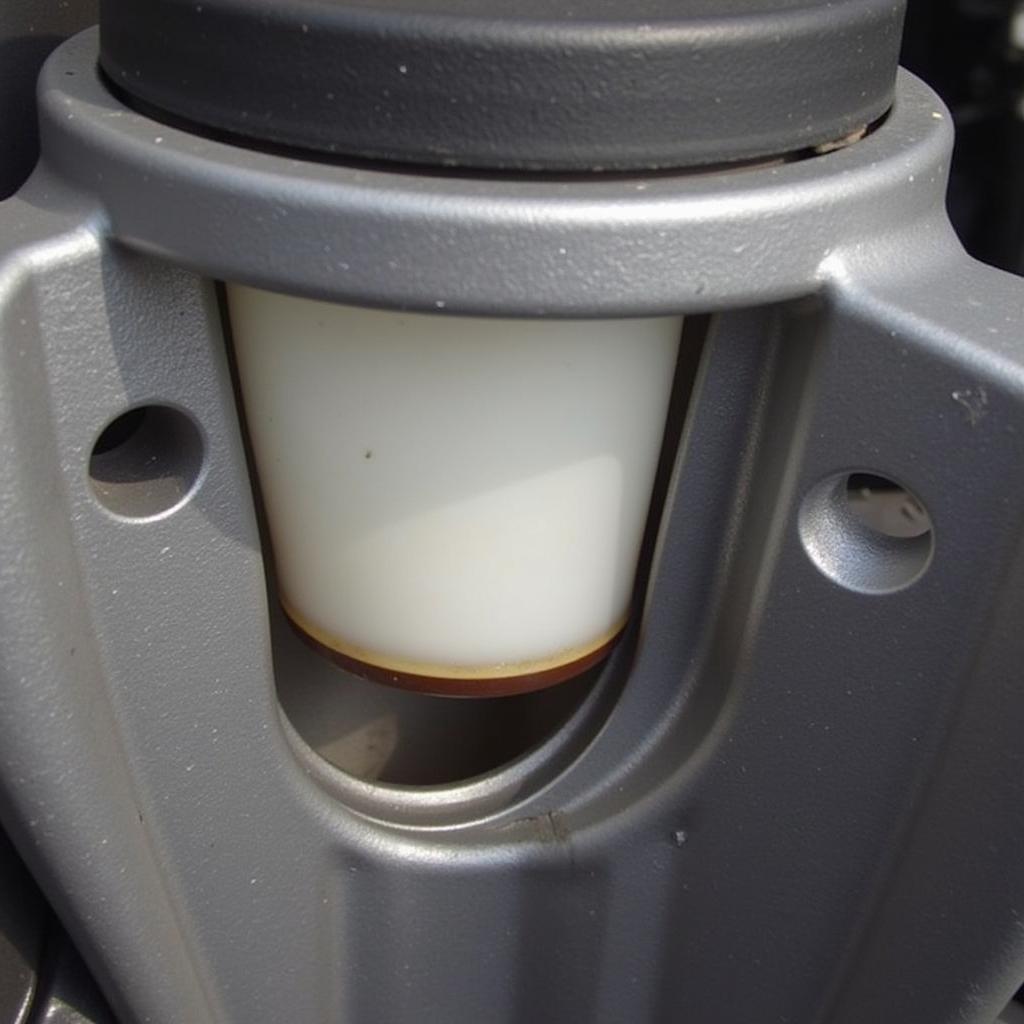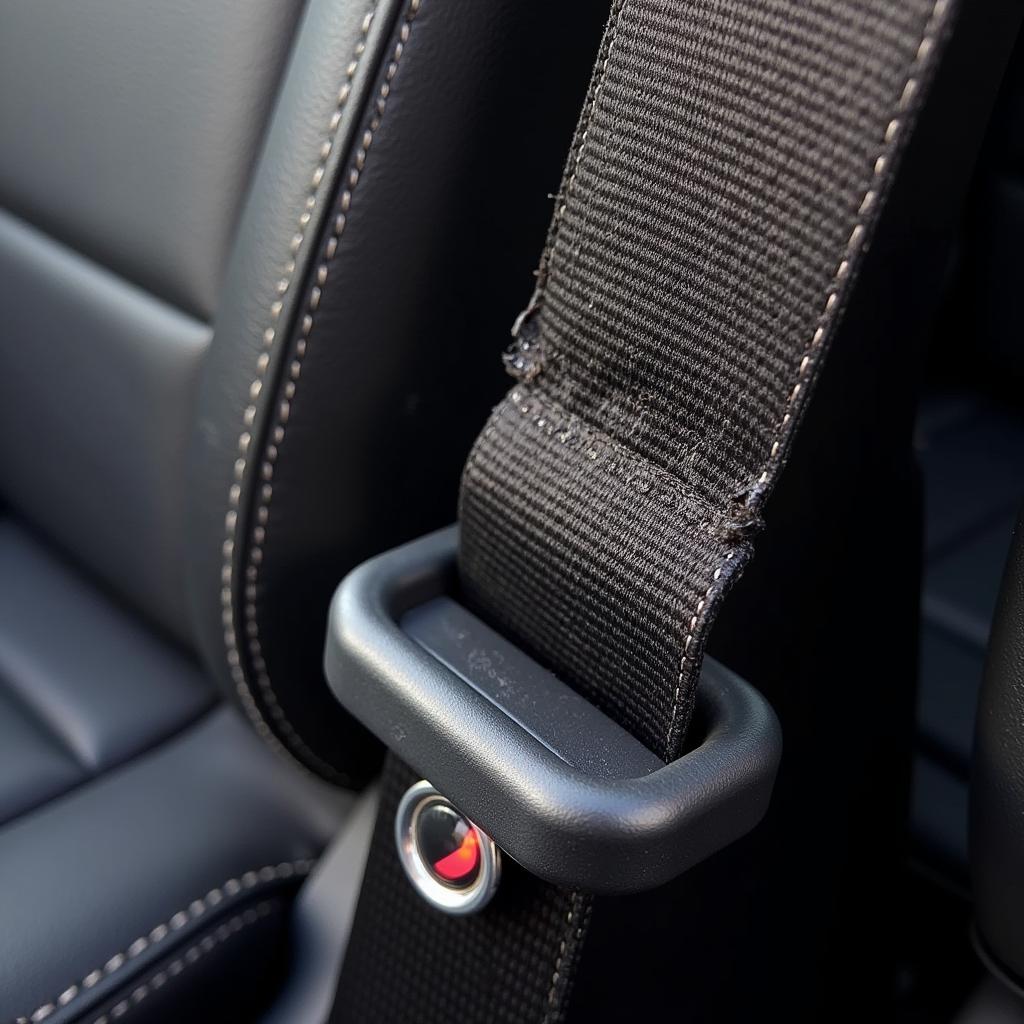When your brakes start making that ominous screeching sound, it’s a clear sign that your brake pads are wearing thin and need replacing. But how do you know if all four wheels have this early warning system? That’s the question we’ll be addressing in this comprehensive guide.
While many modern vehicles boast brake pad wear indicators on all four wheels, this isn’t always the case. The answer depends on several factors, including the make, model, and year of your vehicle, and even the specific trim level.
Understanding Brake Pad Wear Indicators
Before we delve deeper, let’s clarify what these indicators are and how they work.
Brake pad wear indicators, often referred to as “squealers” or “scrapers,” are small metal tabs attached to the brake pad backing plate. As the brake pad material wears down over time, these tabs eventually make contact with the brake rotor. This contact creates a high-pitched screeching or squealing sound, alerting the driver that it’s time for a brake job.
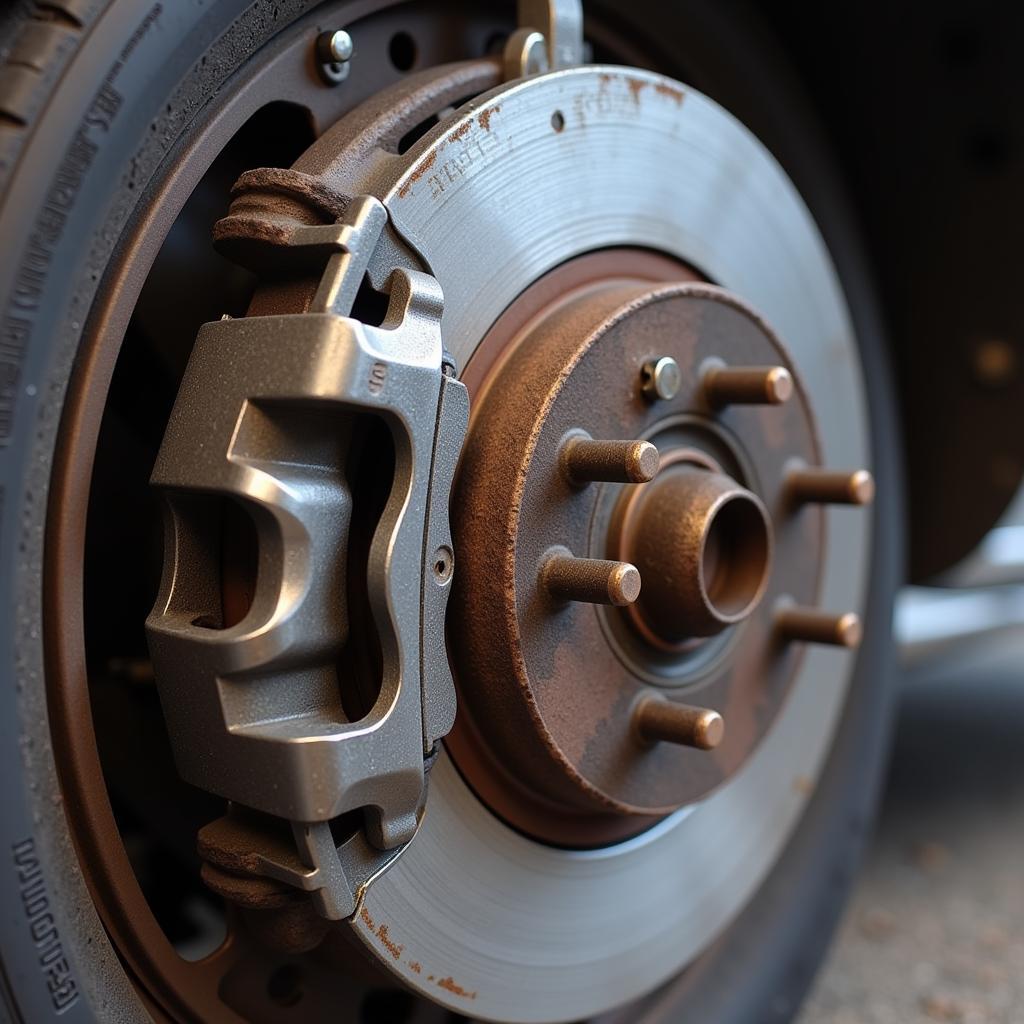 Brake Pad Wear Indicator
Brake Pad Wear Indicator
Factors Influencing Indicator Placement
Now, let’s explore the reasons why wear indicators might not be present on all four wheels:
- Cost Reduction: Some manufacturers, especially on lower-cost vehicle models or trim levels, may choose to equip only the front brakes with wear indicators as a cost-saving measure. This is because front brakes tend to wear out faster due to their increased workload during braking.
- Vehicle Design: Certain vehicle designs might not have sufficient space on the rear brake pads to accommodate wear indicators effectively.
- Electronic Wear Sensors: Higher-end vehicles and newer models are increasingly incorporating electronic wear sensors into their braking systems. These sensors monitor brake pad thickness and trigger a dashboard warning light when the pads reach a critical wear level, eliminating the need for audible squealers.
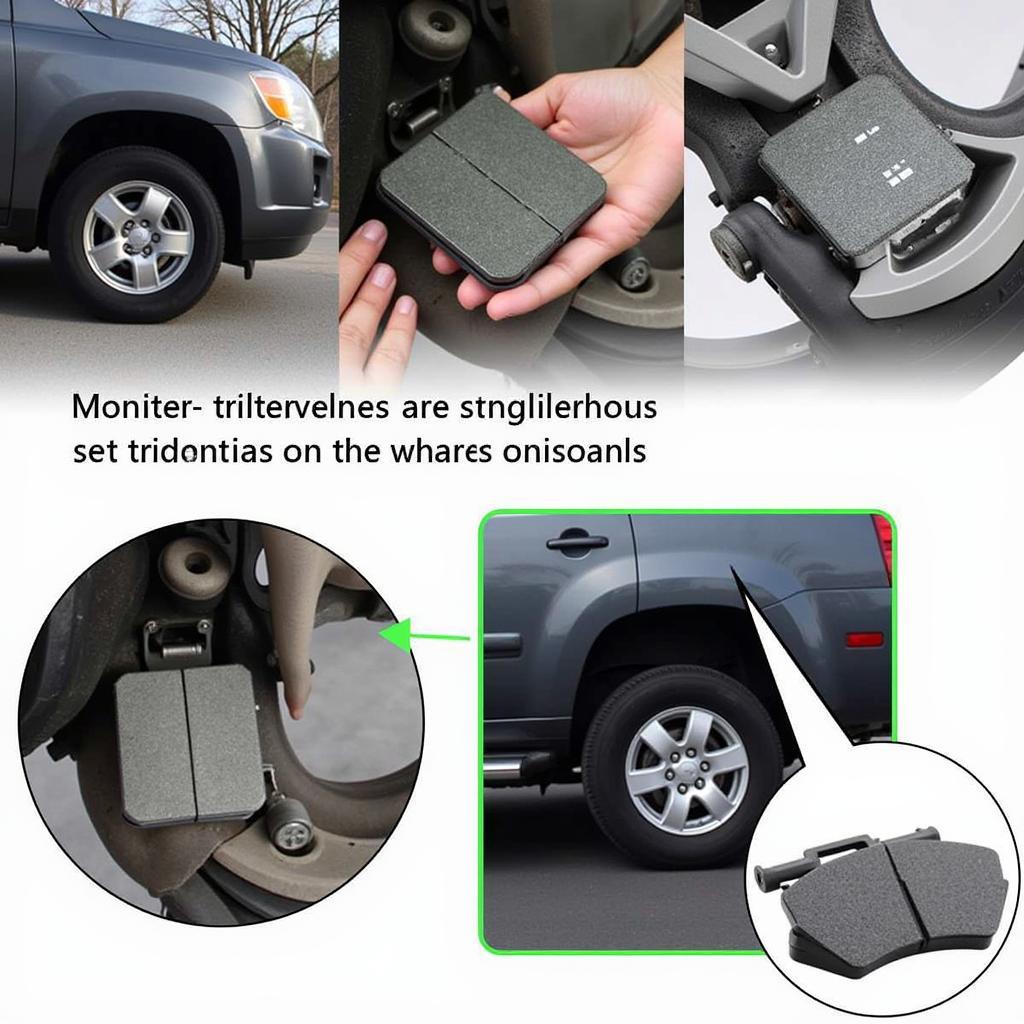 Electronic Brake Wear Sensor
Electronic Brake Wear Sensor
Determining If Your Car Has Indicators on All Wheels
The best way to determine if your vehicle has brake pad wear indicators on all four wheels is to consult your owner’s manual. This document should provide specific information about your vehicle’s braking system.
Alternatively, you can:
- Visually Inspect Your Brakes: If you’re comfortable working on your vehicle, you can remove a wheel and visually inspect the brake pads. Look for the small metal tab protruding from the backing plate.
- Consult a Mechanic: A qualified mechanic can quickly and easily determine if your vehicle has wear indicators on all four wheels.
Importance of Regular Brake Inspections
“Regardless of whether your vehicle has wear indicators on all four wheels, it’s crucial to have your brakes inspected regularly by a qualified mechanic,” says John Smith, a certified automotive technician with over 20 years of experience. “This ensures optimal braking performance and helps prevent potentially dangerous situations.”
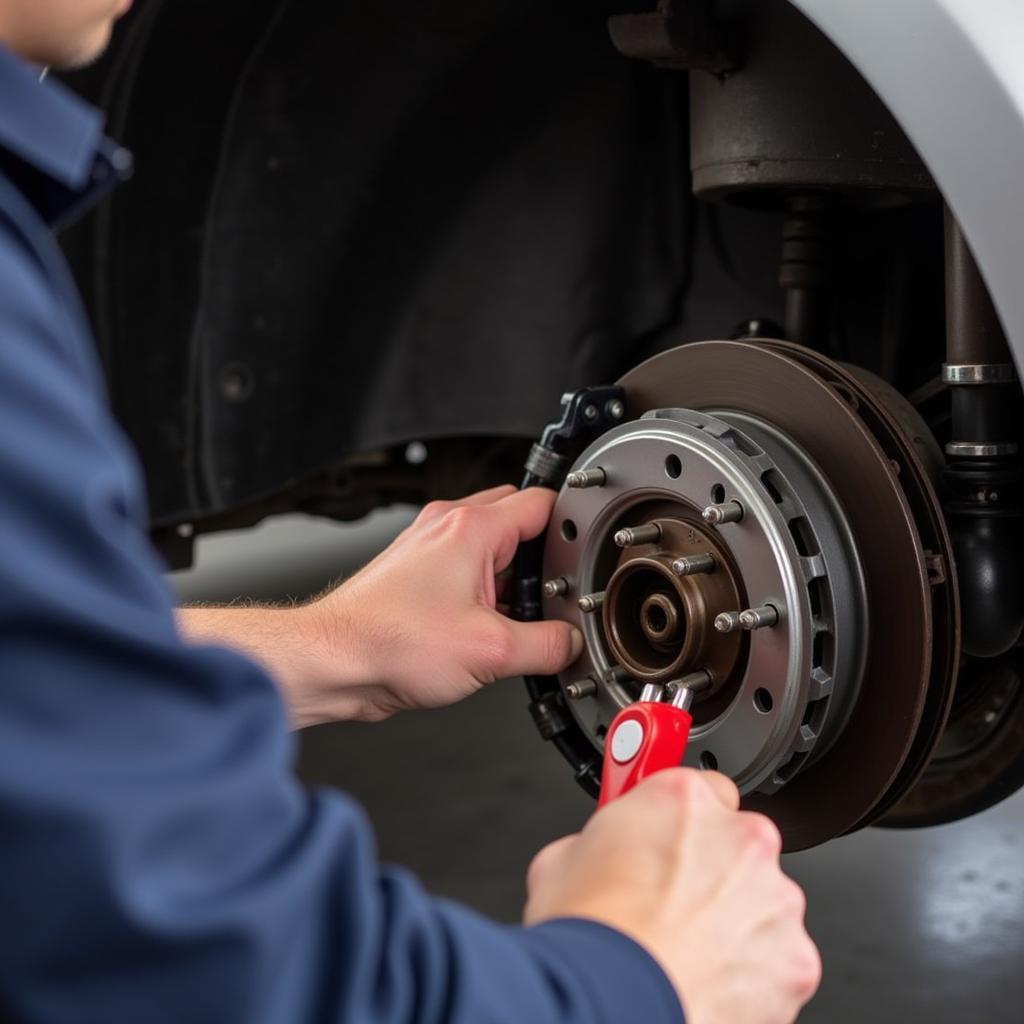 Brake Inspection by Mechanic
Brake Inspection by Mechanic
Conclusion
While brake pad wear indicators are a valuable safety feature, it’s essential to remember that they are not a substitute for regular brake inspections. By understanding how these indicators work and the factors influencing their placement, you can make informed decisions about your vehicle’s maintenance and ensure optimal braking performance for safe driving.

